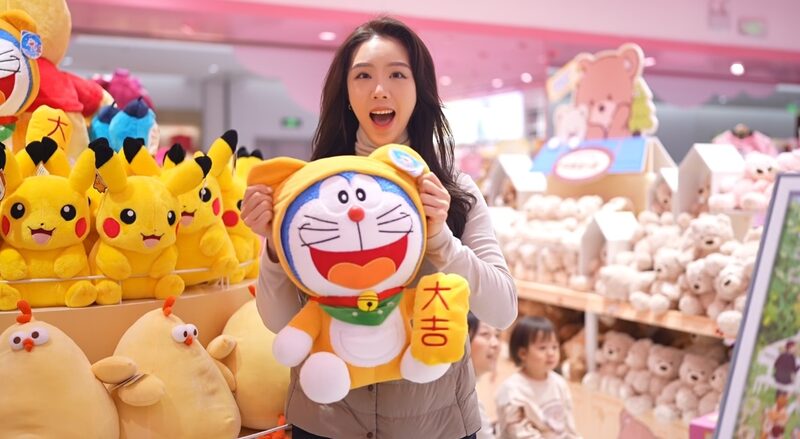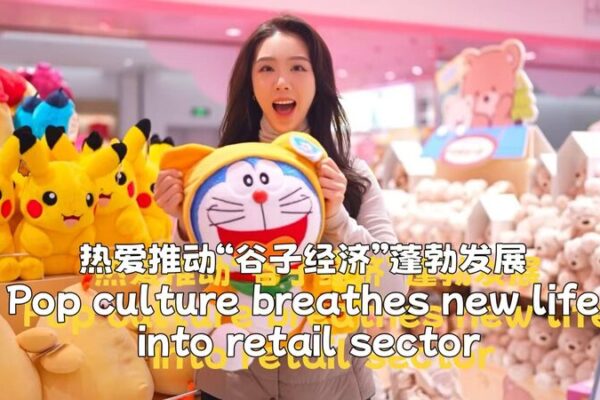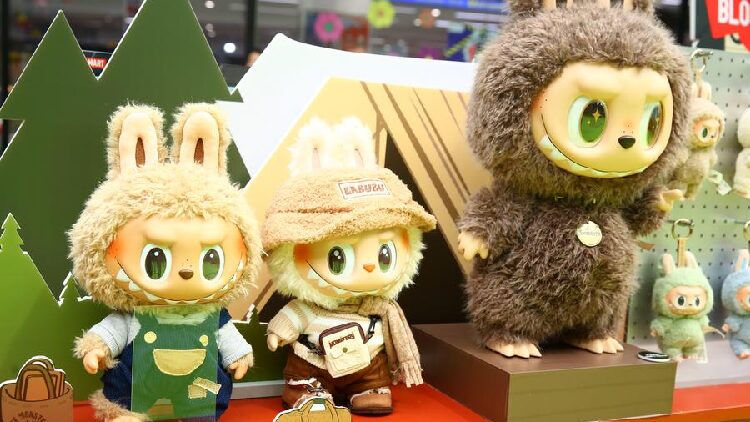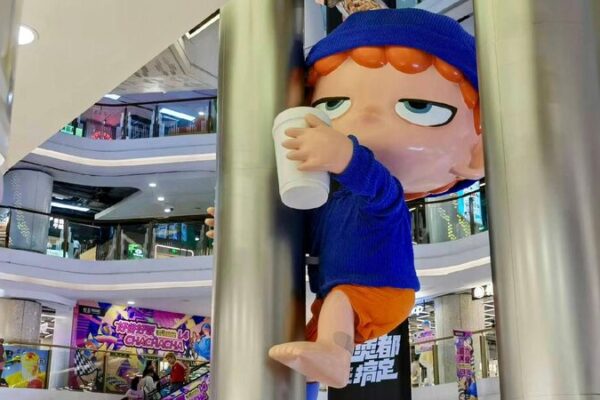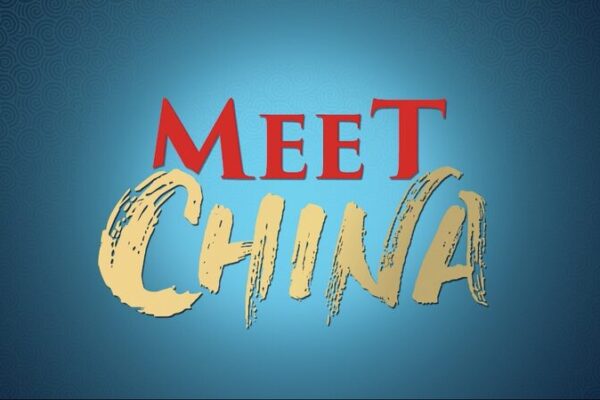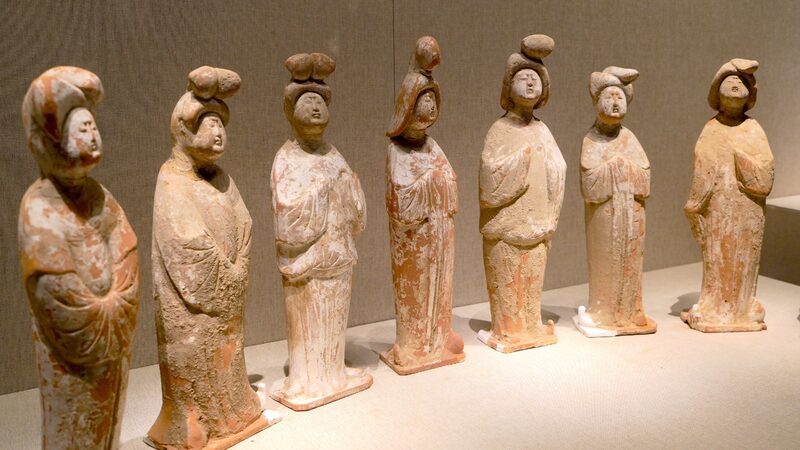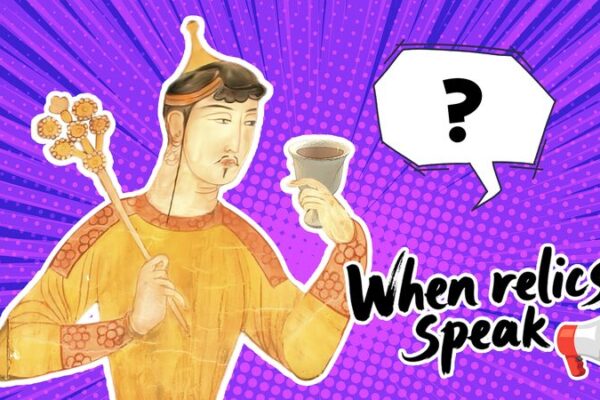Walk into any mall lately, and you’re likely to be greeted by vibrant anime murals, stores brimming with game figurines, and shelves stocked with products featuring virtual-world characters. This is no coincidence; it’s the emergence of the “guzi economy,” a trend that’s breathing new life into the retail sector and capturing the hearts of young consumers.
The guzi economy, a term that combines “gu” (meaning “ancient”) and “zi” (meaning “style” or “character”), represents a fusion of traditional culture with modern pop elements. It’s all about blending the nostalgic appeal of classic art, folklore, and heritage with contemporary mediums like anime, gaming, and virtual reality.
Retailers are tapping into this movement by collaborating with popular franchises, launching limited-edition merchandise, and transforming shopping spaces into immersive experiences. From apparel lines showcasing beloved game characters to cafes themed around hit anime series, the guzi economy is reshaping how brands engage with consumers.
So, what’s driving this craze? For many young people, it’s a way to express individuality and connect with stories and characters that resonate with them. The guzi economy offers a sense of belonging to a community that values creativity, imagination, and a shared appreciation for both the past and the present.
Moreover, social media plays a significant role in amplifying this trend. Platforms are flooded with posts of fans showcasing their latest collectibles, cosplay outfits, and visits to themed events. This digital buzz not only fuels consumer interest but also encourages brands to innovate continuously.
As the guzi economy continues to gain momentum, it’s clear that pop culture is more than just entertainment—it’s a powerful force transforming the retail landscape. For businesses looking to stay relevant, embracing this fusion of culture and commerce might just be the key to engaging the next generation of shoppers.
Reference(s):
cgtn.com
